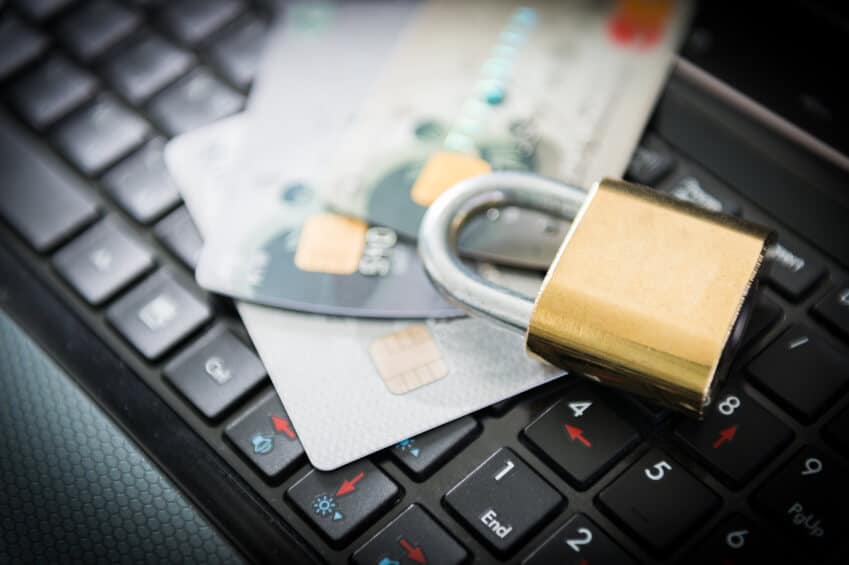While this is the time to give, many others are trying to take away.
Identity thieves are just like Santa Claus: They’ll try to visit all the good little boys and girls this winter.
ID theft is a perennial problem, with more than 17 million Americans becoming victims each year — even though the federal government says, “6 in 7 U.S. residents took actions to prevent identity theft; such as checking credit reports, shredding documents with personal information, and changing passwords on financial accounts.”
If you think that’s bad for your chances, the odds are even worse for the stores you shop at. You might lose thousands of dollars, but the average total cost of a data breach is $4 million for big retailers.
The holidays are no holiday
For individuals and businesses, the most wonderful time of the year can literally be the worst time of the year.
“Retailers may be more vulnerable this holiday season due to the fact there are more access points for sophisticated cybercriminals to exploit,” says communications firm Level 3. In other words, the easier retailers try to make shopping — whether it’s online or in a store — the more they open themselves up to theft.
Luckily, you can stop these Grinches with only a few minutes of preventative maneuvers. With these three holiday safety tips…
1. Get more messages. Your bank is happy to text or email you after every transaction — they’re just as eager to avoid fraud as you are. You can easily ignore these messages when you know you’ve made the transaction yourself, but if someone is trying to access your account, that message could save you thousands.
2. Get “two-step authentication.” Also known as “second-factor authentication,” these are just fancy terms for a simple concept: to log into an online account, you not only type in a password, but your cellphone receives another password via text message. While it’s an extra step, it makes it nearly impossible for someone to hack into your online bank account. It’s easy to do, and most banks offer it. (Bank of America, for instance, has SafePass.)
3. Get credit monitoring. For a few dollars a month, these services give you peace of mind, because they’ll notify you when a cyber-criminal is trying to mess with you. Lifelock is the best known of these, but IdentityIQ is among the cheapest.








